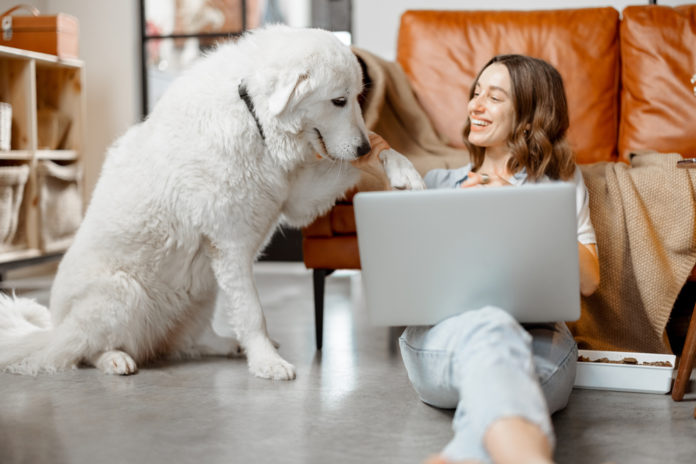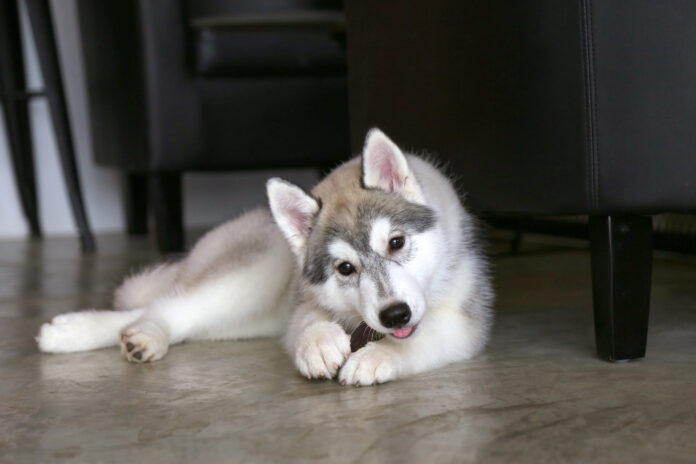5 common mistakes made by first-time dog parents

Want to avoid some common dog parenting pitfalls? Here’s a few to be aware of!
As first-time dog parents, there are multiple things that can greatly help your dog adjust to their new life with you. That said, there are also a few things that can hinder that transition! Being aware of the common mistakes first-time dog parents make will enable a good foundation for dog training.
1. Setting unrealistic expectations
One of the biggest mistakes first-time dog parents make is the expectation that their dog or puppy will be perfect right off the bat. Dogs don’t speak English and are likely not going to understand what training even is when first getting started. Dog parents need to recognize this and set realistic expectations for their canine companions. Dogs need time to learn what a command means and understand what they should and shouldn’t do. Also, try not to compare your dog’s progress to a friend’s or neighbor’s dogs. This process takes time and patience.
2. Being inconsistent within the household
Dogs are routine-driven animals and require consistency when it comes to training. There cannot be any confusion on the training rules for the people within the house. Common examples of mistakes within the household are one person letting the dog jump on the couch while another does not allow it, or parents not wanting the dog to beg but letting their kids feed the dog from the table. These kinds of inconsistencies can be confusing and cause the dog anxiety and stress that can turn into bad behaviors down the line.
3. Not giving the dog breathing room
After a dog comes into the home for the first time, they need time to settle in and get comfortable in their new space. Try to maintain a relaxed environment the first few days so that he or she can be set up for success when it comes to learning what you want from them. One way to do this is by reading your dog’s body language to try and tell if they are uncomfortable at any time. If you are sensing discomfort from your dog, back off and give them space to feel safe and comfortable.
4. Too much freedom
Dogs who get too much freedom around the house when their humans are not home are being set up for failure. Letting dogs wander around the house leads to housebreaking issues and destructive behavior. Dogs should be comfortable in a crate when left alone. The crate should become a safe haven for the dog and provide them with downtime to themselves.
5. Not socializing correctly
Socialization is very important for a well-behaved dog. But introducing your dog to other dogs needs to occur slowly! A pup should never be forced into a situation where they are surrounded by a lot of dogs (or other stimuli) at once. Doing this can lead to your dog being bullied, humped, or pushed around by other dogs – or vice versa. Instead, carefully introduce your dog to new people and situations so it’s not too overbearing!
No matter how much time and energy you put into parenting your pup, mistakes are bound to happen. Use these tips to avoid the common ones, and set your canine companion up for a happy, successful life!




